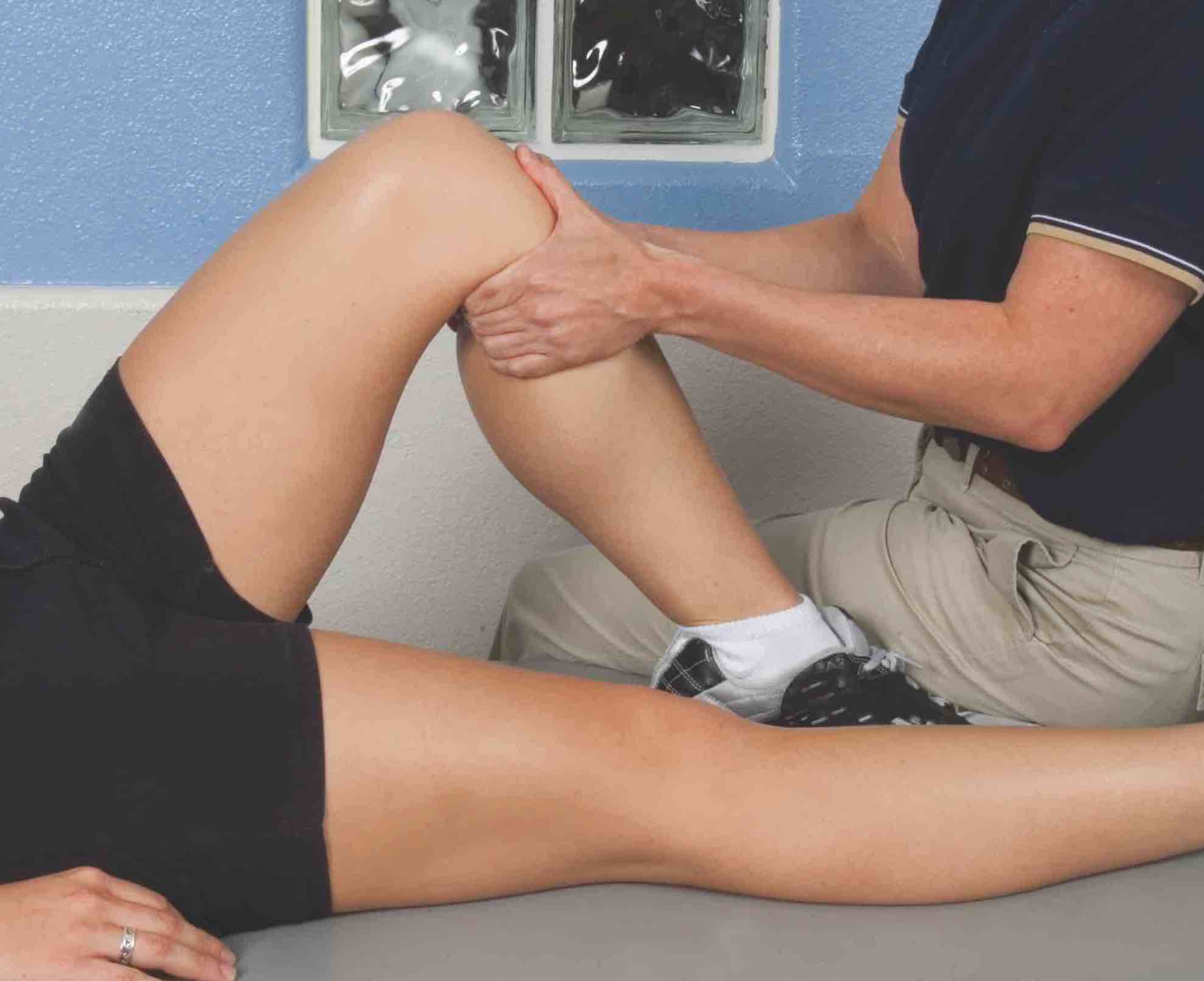Visit
Physiosports Brighton,
429 Nepean Highway, Brighton East,
3187, VIC, Australia
Call
Fax
03 9596 9155
physiosports@physiosports.com.au

Front of the knee or patellofemoral pain is the most common source of chronic knee pain in adults and documented to occur in 9-15% of active population.
It is characterised by a gradual worsening of symptoms around the front of the knee, below or on the inside of the knee cap and related to activities such as stairs, kneeling, squatting and walking/running. It is often very frustrating and affects most activities of our daily lives. Fortunately, most flare ups settle with a period of relative rest from the activities that aggravate the symptoms, ice and anti-inflammatories (as recommended by your local pharmacist or GP).
The main area that physiotherapists can aid person’s suffering from anterior (front) knee pain is to address the reason which caused the flare up in the first place. Physiotherapists will look at a number of factors and variables which may be linked to your knee symptoms: for example, exercise volume, loading and biomechanics.
We will look into these a bit closer.

Patellofemoral pain can be seen in those undergoing a growth spurt especially in active children/teenagers completing jump and land sports (netball, basketball) or running. As we run or jump, depending on technique, there can be an increased strain on the front of the knee. This done repetitively can cause tissues around the front of the knee to become inflamed and painful. Physiotherapists will teach you about the optimal jump and landing technique and how to get back to your sport as soon as possible.
Exercise

Another related factor is how much activity we are completing in a given week. We often find that flare ups can occur when we start up a new activity or during crossover periods in seasons (end of netball season, beginning of athletics). Physiotherapists can aid you in understanding the do’s and don’ts of managing your exercise routine and how to reduce injury rates.

This talks about the whole body interaction during our regular activities. During a jump/land activity we bend at the ankle knee and hip to then push off from the foot and jump into the air, thus extending at the ankle, knee and hip. Finally, all joints bending again to absorb the landing. For optimal jump and landing quality, our muscles should absorb the impact and avoid knee drifting towards the midline. This is often easier said than done and where most of our treating time can be spent. All the above factors that can lead to injury must be addressed to ensure speedy recovery and reduced recurrence of injury.